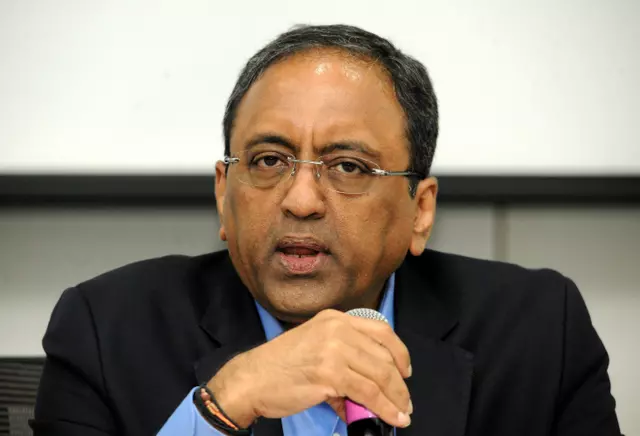L&T Chairman’s Salary has become a focal point in corporate news, emphasizing the widening gap between executive compensation and employee earnings. In the fiscal year 2023-24, SN Subrahmanyan, the Chairman and Managing Director of Larsen & Toubro (L&T), earned a staggering ₹51 crore, which is 534.57 times the median salary of employees at the company. This revelation has sparked a heated debate about corporate compensation ethics and fairness, particularly in India’s corporate ecosystem.
Breaking Down The ₹51 Crore Earnings
The chairman’s massive compensation package includes multiple components:
- Base Salary: ₹3.6 crore
- Perquisites: ₹1.67 crore
- Commission: ₹35.28 crore
- Retirement Benefits: ₹10.5 crore
This package reflects the high rewards associated with leadership roles in large corporations but also underscores the growing disparity between top-tier executives and the average employee.
Salary Disparities And Ethical Concerns
The significant difference between L&T Chairman’s Salary and employee median pay has brought attention to the ethical dimensions of corporate pay scales. While executives are often rewarded for steering companies toward growth and profitability, such stark differences can demoralize employees and tarnish a company’s reputation.
Globally, discussions around income inequality have led to reforms in executive compensation. In India, where the economic disparity is more pronounced, such cases of disproportionate pay highlight the need for systemic changes.
The 90-Hour Workweek Debate
Amid the controversy, Subrahmanyan’s support for a 90-hour workweek has drawn criticism. Many argue that advocating for longer work hours while receiving disproportionately higher pay creates an imbalance in workplace dynamics. Employees are often left questioning the fairness of corporate policies that place heavier demands on them without equitable rewards.
Long workweeks are known to affect productivity, morale, and mental health. While companies like L&T strive for operational efficiency, balancing employee well-being with performance expectations becomes crucial.
Historical Context Of Executive Pay
The phenomenon of executive pay gaps isn’t new. Historically, corporate leaders in developed countries have earned significantly more than their employees. However, countries like the United States and the United Kingdom have introduced regulatory measures to reduce such disparities.
In India, corporate pay packages often lack similar regulatory oversight. Companies must consider adopting global best practices to ensure transparency and equity in compensation structures. Such changes can foster trust and loyalty among employees while maintaining a company’s competitive edge.
Impact On Corporate Reputation
Disparities in pay can harm a company’s reputation, especially when publicized. Stakeholders, including investors and employees, are increasingly focusing on ethical practices and social responsibility. Companies like L&T, known for their contribution to infrastructure development, must align their compensation strategies with these evolving expectations to sustain goodwill.
Addressing The Pay Gap
To address issues like those highlighted by L&T Chairman’s Salary, businesses need to focus on sustainable and equitable growth. A few actionable steps include:
- Introducing Salary Caps: Companies can cap the ratio between the highest and lowest-paid employees to reduce disparity.
- Transparent Policies: Publicly disclosing salary structures promotes accountability.
- Employee Incentives: Rewarding employees through bonuses and profit-sharing schemes can help bridge the gap.
- Stakeholder Engagement: Consulting stakeholders, including employees, ensures decisions align with broader organizational goals.
By implementing these strategies, companies can create a more inclusive and fair work environment, ultimately benefiting their workforce and long-term growth.
Global Comparisons And Lessons
Across the globe, executive pay disparities have prompted debates and reforms. For instance, Switzerland introduced a referendum to cap CEO pay, while the UK mandates companies to publish CEO-to-employee pay ratios. These measures aim to balance compensation and reduce public outrage over excessive executive salaries.
India can take inspiration from these examples to address its growing corporate pay gap. Regulatory bodies and policymakers should work collaboratively with businesses to ensure fair compensation practices.
Moving Forward
While L&T Chairman’s Salary has captured headlines, it also highlights broader challenges faced by corporate India. Companies must strike a balance between rewarding leadership and valuing employee contributions. As debates around executive pay intensify, organizations have an opportunity to redefine compensation practices that align with principles of equity and sustainability.



